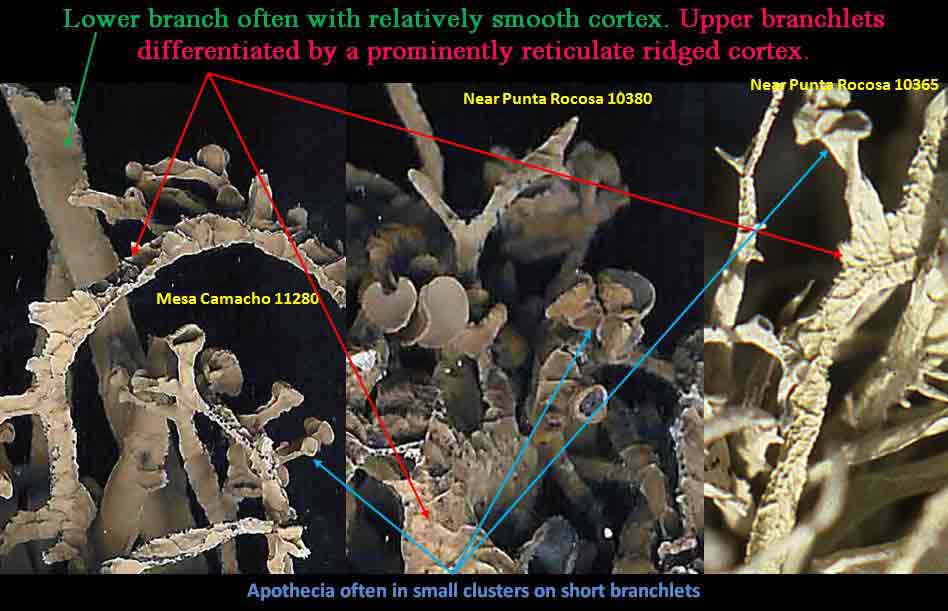 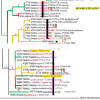
SW of El Rosario, road to Punta Baja, N 30°00.075, W 115°45.965', 140 m
Spjut & Sérusiaux 17080,
Jan 2016. Note 17080A in ITS phylogeny, N. turgida showing
mutational differencess in group 18 for two different extracts taken from the same thallus.
The smaller finely branched thallus, 17080B, N. effusa, salazinic
acid, in depsidone clade. Lineages colored to indicate Chaparral Desert
Transition (green), Northern Vizcaíno Desert
(red) and Southern Vizcaíno
Desert (yellow). |

NE of Punta Santa Rosalillita, narrow valley in the mesa, N 28°40.572, W
114°13.736, 35 m, Spjut & Sérusiaux 17312,
Jan 2016. Det. by R. Spjut without TLC |

Along gravel to Punta Catarina, ca. 2 km inland from coast, on silty
flat, 45 m, Leavitt et al.
16-1047, Dec 2016 |

Southwest of San Quintín in the Punta Mazo
Reserve, on volcanic slopes of Volcan Sudoeste. Leavitt et al. 16-746 |

South of El Rosario along road to Punta Baja, on sandy, wind-swept
ridgeline. Leavitt et al. 16-1012 |

Southwest of San Quintín in the Punta Mazo
Reserve, on volcanic slopes of Volcan Sudoeste. Leavitt et al. 16-723 |
 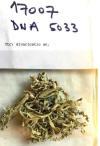
Baja California: Chaparral-Desert Transition. Mesa with reddish
lava east
of Punta San Antonio del Mar, west of Colonet; 31°05.403',
116°16.268', 92 m. Spjut & Sérusiaux 17007,
Jan 2016. Low
mixed succulent and deciduous thorn scrub with open
ground. In 1979 observed to be low thicket of spiny shrubs and cacti
with Mammillaria dioica forming a complete ground cover between
the other plants |
 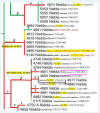
Niebla sp. (nov.)
Morro Santo Domingo,
Spjut & Sérusiaux 17265-4851, Feb 2016, |
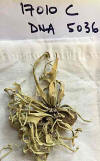 
Baja California: Chaparral-Desert Transition. Mesa with reddish
lava east
of Punta San Antonio del Mar, west of Colonet; 31°05.403', 116°16.268',
92 m. Spjut & Sérusiaux 17010C,
Jan 2016. |
|
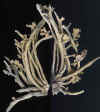
Mesa Camacho,
Spjut 11256, Apr 1990 |

San José Ranch between Punta Canoas and Punta Blanca,
Spjut &
Marin 11388, Apr 1990 |

Mesa Camacho,
Spjut & Marin 13088,
Apr 1994 |
|
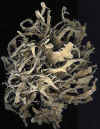 
Mesa Camacho,
Spjut & Marin 13100,
Apr 1994 |

Between Punta Rocosa
and Punta Prieta, Spjut 10380, Mar 1988 |

Mesa Camacho,
Spjut 11280, Apr 1990 |
|

Near Punta Rocosa,
Spjut 10382, type, Mar 1988 |

Near Punta Rocosa,
type locality, Spjut 10380 |
 
Mesa Santa Catarina, Spjut &
Marin 13024, Apr 1994 |
|

Mesa Santa Catarina, Spjut &
Marin 13030, Apr 1994 |

Between Punta Rocosa
and Punta Prieta, Spjut 10385, Mar 1988 |
 Between Punta Rocosa
and Punta Prieta,
Spjut 10365, Mar 1988 |
